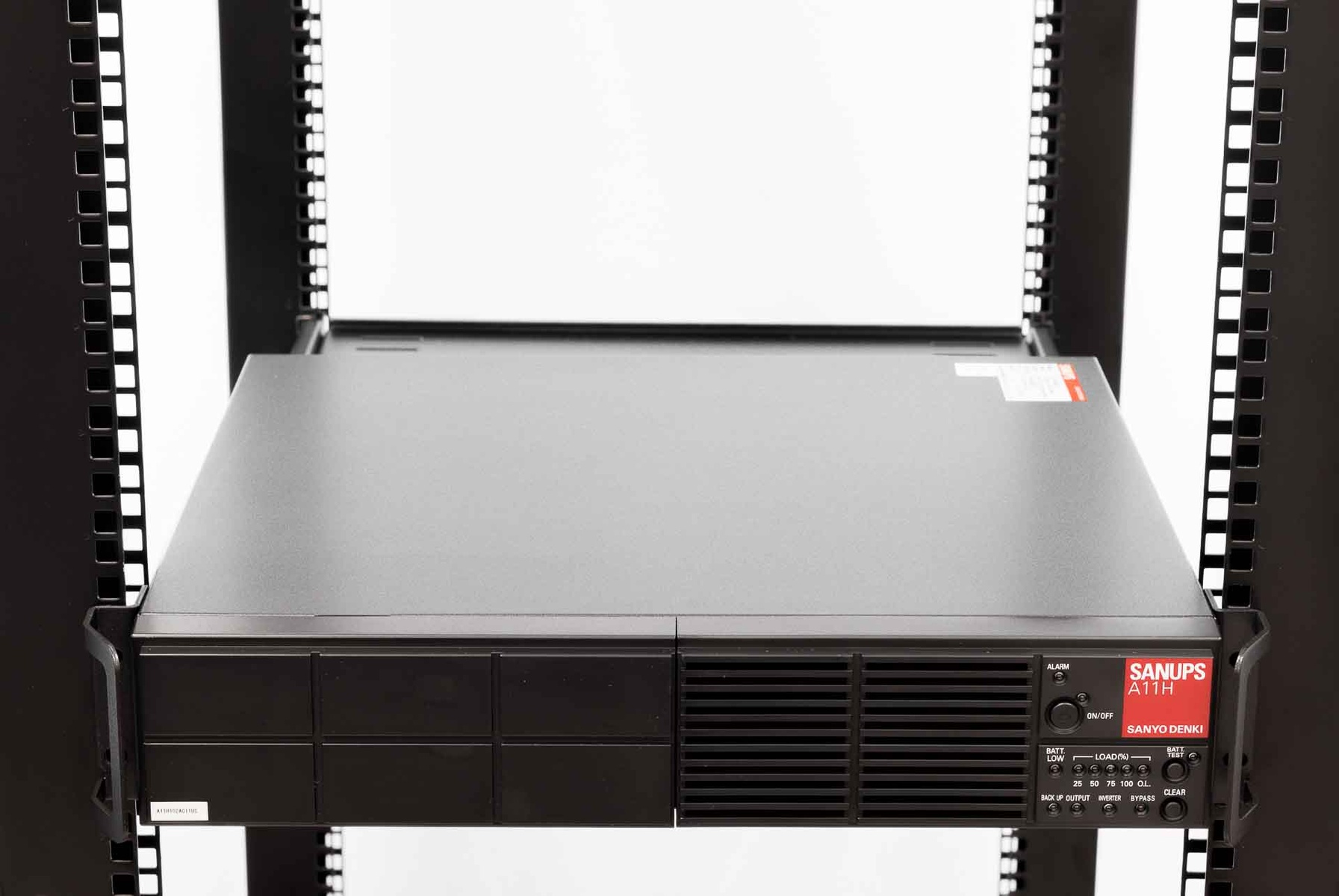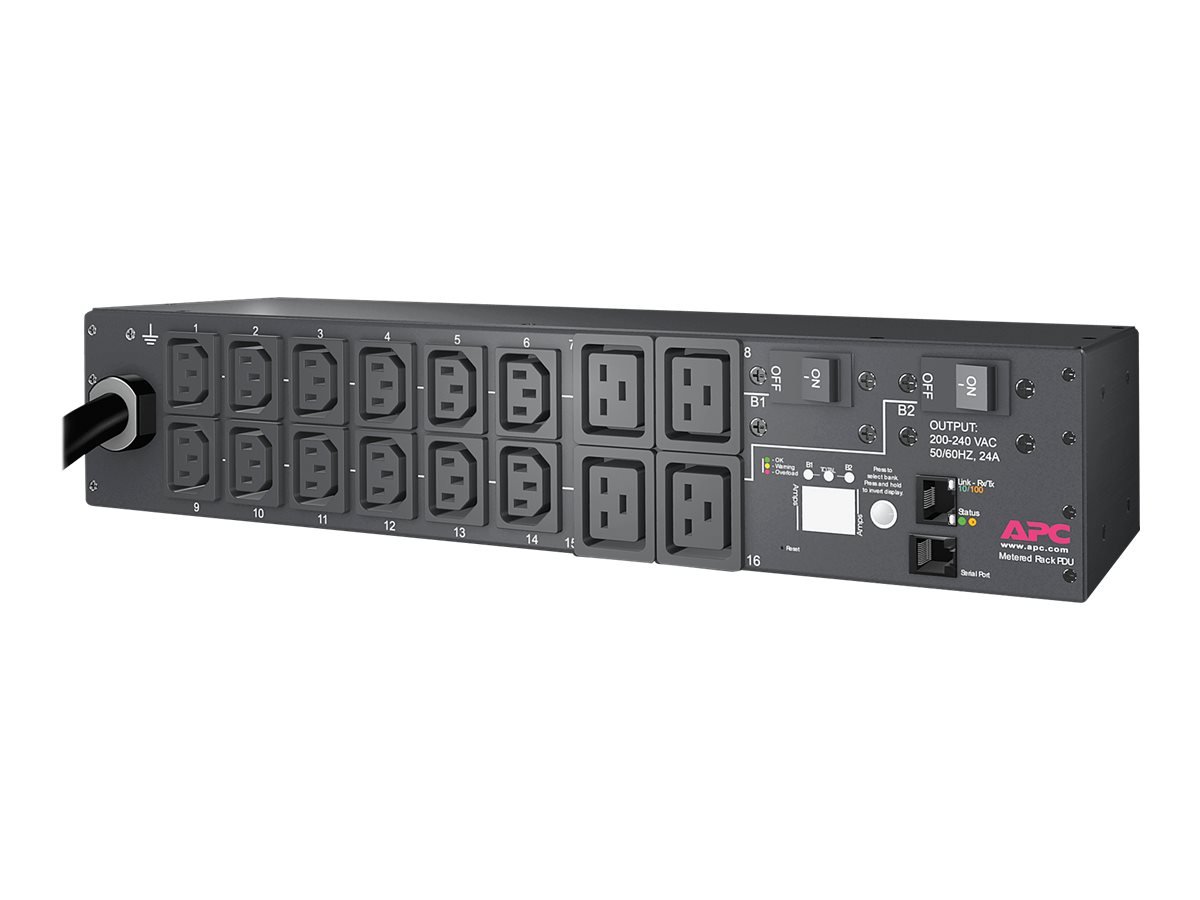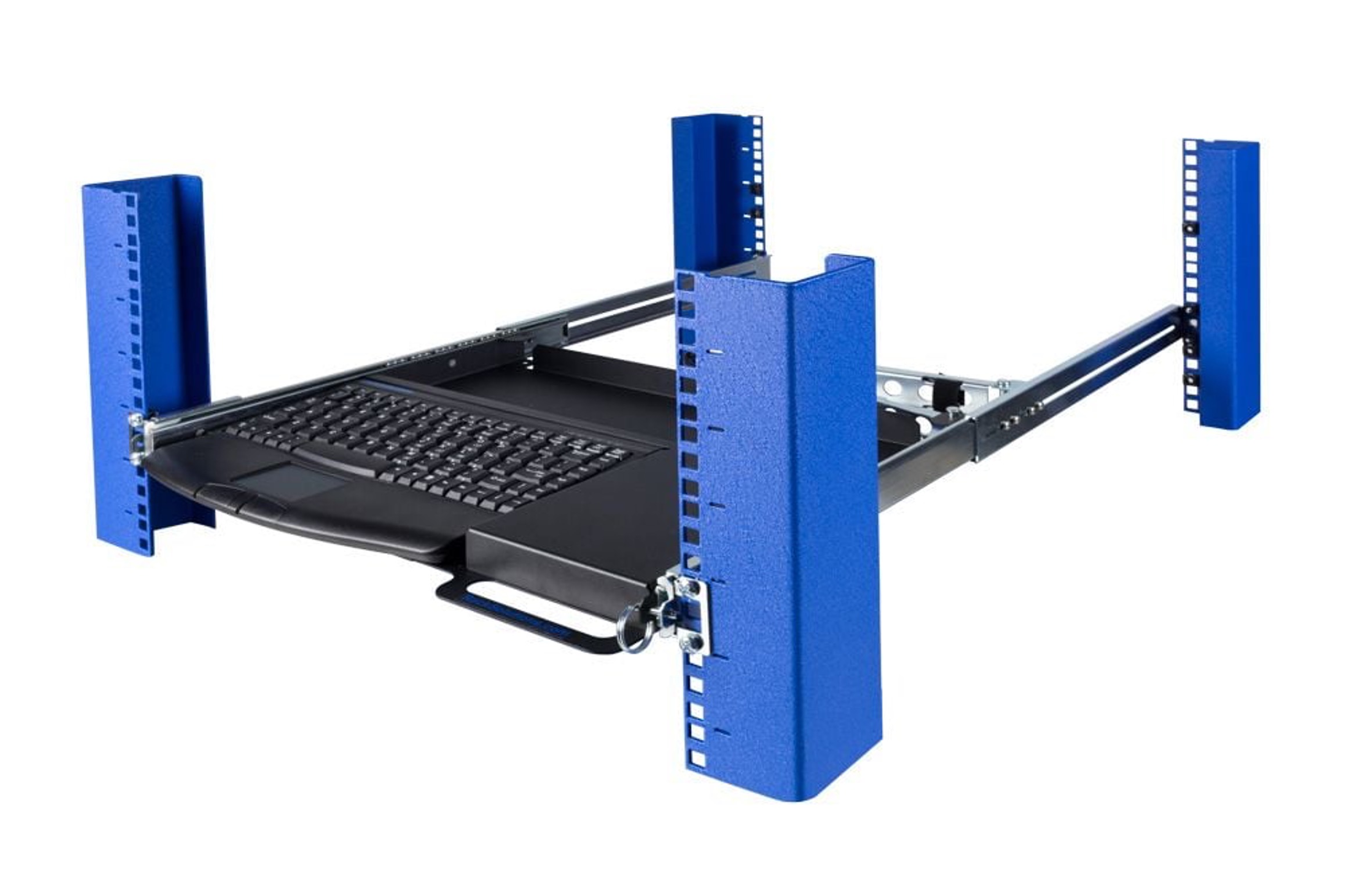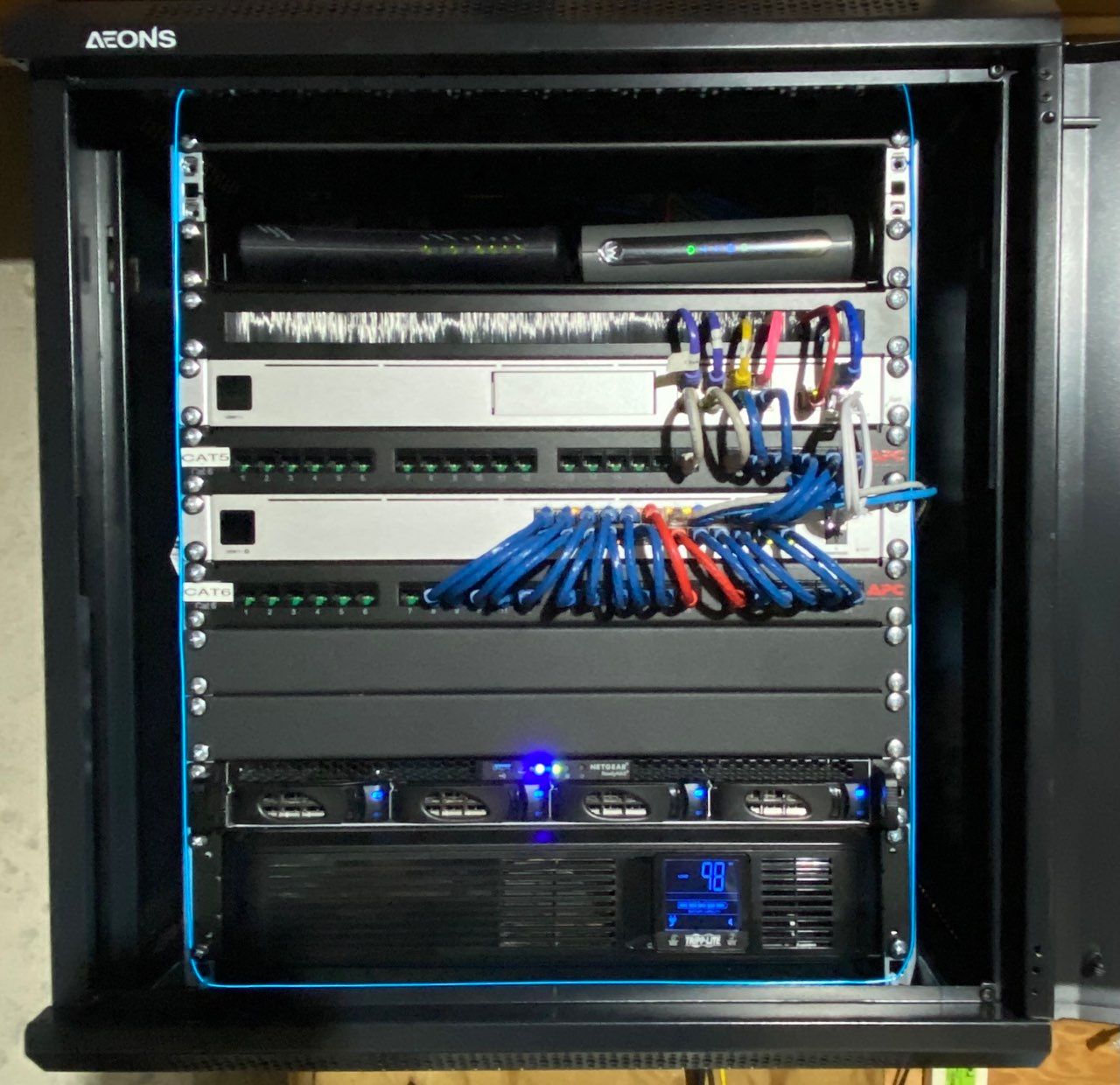Introduction
Welcome to our guide on how to properly remove a UPS battery from a rack. A UPS (Uninterruptible Power Supply) is a critical component in any IT infrastructure, providing backup power in case of unexpected outages or voltage fluctuations. Over time, UPS batteries may need to be replaced due to aging or reduced performance.
Removing a UPS battery from a rack requires careful consideration and adherence to safety protocols to avoid any injuries or damage to the equipment. In this article, we will provide step-by-step instructions on how to safely and efficiently remove a UPS battery from a rack, ensuring a smooth transition and minimizing downtime.
Before diving into the steps, it is crucial to stress the importance of taking proper safety precautions. UPS batteries contain hazardous materials and can pose risks if mishandled. It is recommended to wear appropriate protective gear, such as gloves and safety glasses, during the battery removal process. Additionally, ensure that you are familiar with the specific model of the UPS and follow the manufacturer’s guidelines.
Now, let’s explore the step-by-step process of removing a UPS battery from a rack, ensuring a safe and smooth operation.
Safety Precautions Before Removing UPS Battery
Prior to removing a UPS battery from a rack, it is essential to follow a set of safety precautions to protect yourself and the surrounding environment. Here are some important measures to consider:
- Turn Off and Unplug: Before starting the battery removal process, make sure that the UPS unit is turned off and unplugged from the power source. This will eliminate any risk of electric shock during the procedure.
- Wear Protective Gear: Always wear suitable protective gear, including gloves and safety glasses, to safeguard against any potential chemical exposure or physical hazards. This precautionary measure is particularly crucial when working with batteries as they contain corrosive chemicals.
- Ensure Adequate Ventilation: UPS batteries emit harmful gases during operation and may release toxic fumes if mishandled. Therefore, it is important to have proper ventilation in the area where the battery removal is taking place to prevent the buildup of potentially hazardous gases.
- Maintain a Clean Work Area: Keep the work area around the UPS battery clean and clear of any debris or clutter. This will minimize the risk of accidents or tripping hazards while handling the battery.
- Identify Battery Terminals: Familiarize yourself with the layout of the UPS battery terminals, including the positive (+) and negative (-) terminals. This will help avoid confusion and ensure correct disconnection during the removal process.
- Follow Manufacturer Guidelines: Each UPS model may have specific instructions for battery removal. Refer to the manufacturer’s documentation or user manual to understand the recommended procedure and any additional safety guidelines specific to your UPS unit.
By adhering to these safety precautions, you can effectively mitigate potential risks and ensure a smooth and accident-free UPS battery removal process.
Steps to Remove UPS Battery from Rack
Now that you are aware of the safety precautions, let’s proceed with the step-by-step process of removing a UPS battery from a rack:
- Step 1: Gather Required Tools: Ensure you have the necessary tools on hand, such as a screwdriver or wrench, to remove any screws or bolts securing the battery in place.
- Step 2: Power Down UPS: Turn off the UPS unit and unplug it from the power source. This will prevent any electrical mishaps during the battery removal process.
- Step 3: Open the Rack: Carefully unlock and open the rack where the UPS battery is located. Be cautious of any cables or other connected devices.
- Step 4: Identify Battery Connections: Locate the connections between the UPS unit and the battery. These may include power cables, data cables, or other connectors. Take note of how they are connected for easy reinstallation later.
- Step 5: Disconnect Battery Cables: Using the appropriate tools, carefully disconnect the battery cables from the UPS unit. Start with the negative (-) terminal, followed by the positive (+) terminal. Take care not to damage the connectors or cables.
- Step 6: Remove Any Securing Mechanisms: If the battery is held in place by screws, bolts, or brackets, remove them using the necessary tools. Place the removed hardware in a safe place for reinstallation if required.
- Step 7: Lift the Battery: With caution, lift the UPS battery from the rack, ensuring it is held securely. Batteries can be heavy, so it may require additional assistance or equipment to lift them safely.
- Step 8: Clean the Area: Before proceeding with any replacements or installations, take the opportunity to clean the rack area, removing any dust or debris that may have accumulated.
- Step 9: Store or Dispose of the Battery: If the battery is being replaced, store it properly in a designated area or dispose of it following applicable regulations and environmental guidelines.
- Step 10: Close and Secure the Rack: Once the battery has been removed, close and secure the rack, ensuring all connections and cables are properly organized and secured.
Following these steps will allow you to safely and effectively remove a UPS battery from a rack, providing a smooth transition for replacement or maintenance purposes.
Tips for Handling UPS Battery
Handling a UPS battery requires careful attention and proper procedures to ensure safety and optimal performance. Here are some useful tips to keep in mind when dealing with UPS batteries:
- Follow Manufacturer’s Guidelines: Always refer to the manufacturer’s documentation or guidelines for specific instructions on handling and maintenance of the UPS battery. Different models may have unique requirements, and it is essential to adhere to them.
- Avoid Extreme Temperatures: UPS batteries are sensitive to temperature fluctuations. Keep the battery in a cool, dry area to prevent overheating or freezing, as extreme temperatures can reduce the battery’s capacity and lifespan.
- Regularly Inspect and Clean: Periodically assess the UPS battery for signs of corrosion, leaks, or any physical damage. Clean the battery terminals with a recommended cleaner and a soft cloth to maintain good connections.
- Perform Regular Load Tests: Conduct load tests on the UPS battery to gauge its performance and ensure it can handle the expected power demands during an outage. This helps identify any issues or the need for a replacement in advance.
- Properly Dispose of Used Batteries: When replacing a UPS battery, ensure proper disposal in accordance with local regulations and environmental guidelines. Look for authorized recycling centers or battery drop-off locations in your area.
- Consider Battery Replacement Schedule: Develop a battery replacement schedule based on the manufacturer’s recommendations and the battery’s expected lifespan. This proactive approach helps prevent unexpected failures and ensures consistent UPS functionality.
- Handle with Care: UPS batteries are heavy and contain corrosive chemicals, warranting careful handling. Avoid dropping or subjecting the battery to mechanical shocks, as this can compromise its safety and performance.
- Label and Document Battery Details: Keep a record of important battery details such as date of installation, model number, and warranty information. Labeling the battery and documenting this information makes future maintenance and replacements more efficient.
- Consider Professional Assistance: If you are unsure about handling the UPS battery or do not have the necessary experience, it is wise to seek assistance from a qualified technician or professional service provider to avoid any risks or errors.
- Maintain UPS Firmware and Software: Regularly update the UPS firmware and associated software to ensure compatibility and optimize battery performance. Manufacturers often release updates to address any known issues or improve efficiency.
By following these tips, you can maximize the lifespan and performance of your UPS battery, ensuring reliable backup power during critical situations.
Conclusion
Removing a UPS battery from a rack is a crucial task that should be undertaken with caution and adherence to safety protocols. By following the steps outlined in this guide and considering the tips for handling UPS batteries, you can ensure a smooth and hassle-free process.
Remember to prioritize safety by wearing protective gear and following manufacturer guidelines. Take the time to gather the necessary tools, power down the UPS unit, and disconnect the battery properly. Clean the rack area, dispose of the old battery responsibly, and secure the rack once the battery has been removed.
Regular maintenance, such as inspecting, cleaning, and testing UPS batteries, is essential to prolong their lifespan and ensure optimal performance. By following the tips provided, you can handle UPS batteries with confidence and keep your system running smoothly.
If you are unsure about any aspect of removing a UPS battery or if you lack the necessary expertise, it is recommended to seek professional assistance. This will help ensure that the battery removal process is carried out safely and effectively, minimizing any risks or errors.
Remember, proper handling and maintenance of UPS batteries play a crucial role in enhancing the reliability and performance of your UPS system. Stay proactive and prioritize safety to ensure uninterrupted power supply and protect your valuable equipment.

























